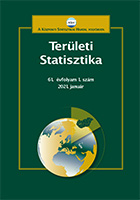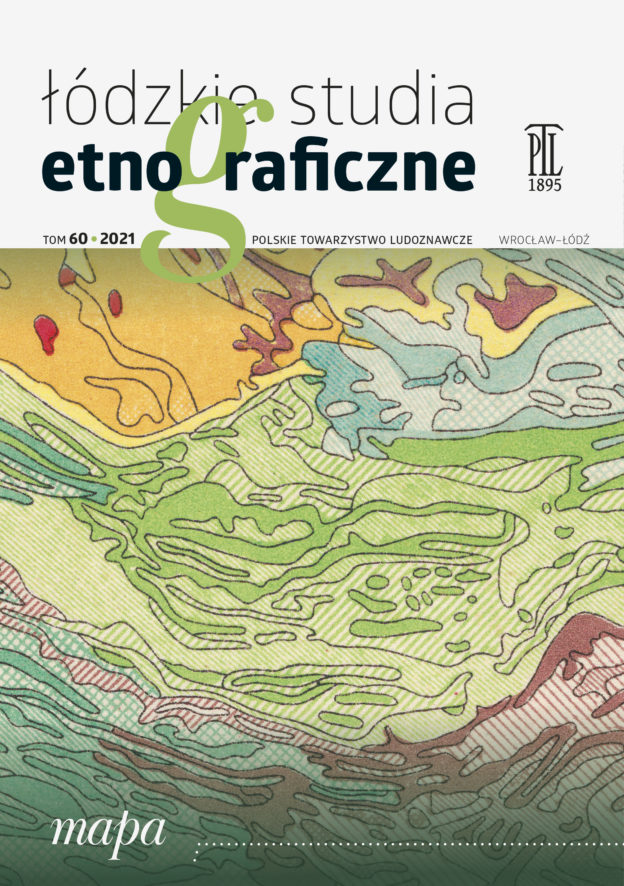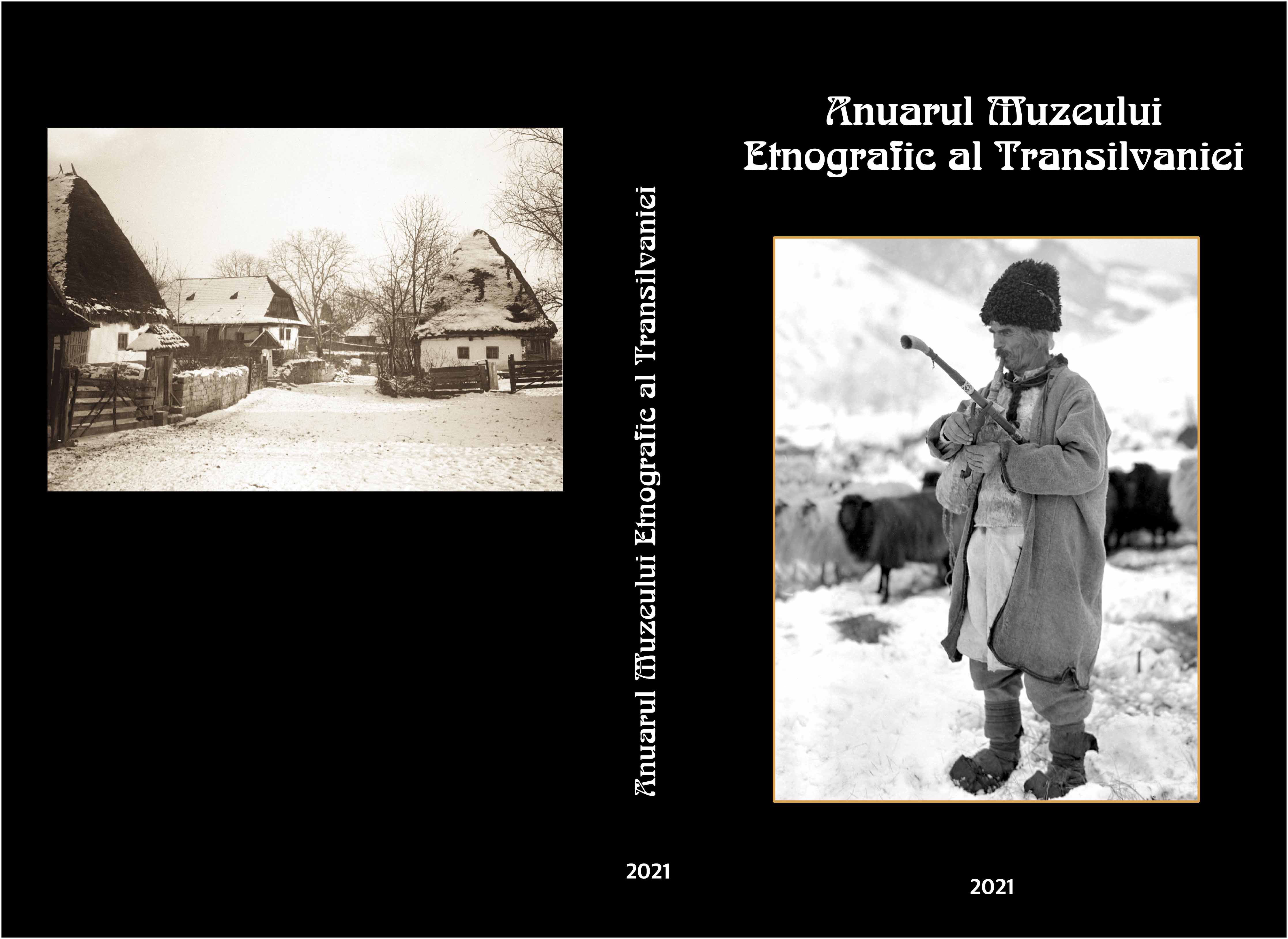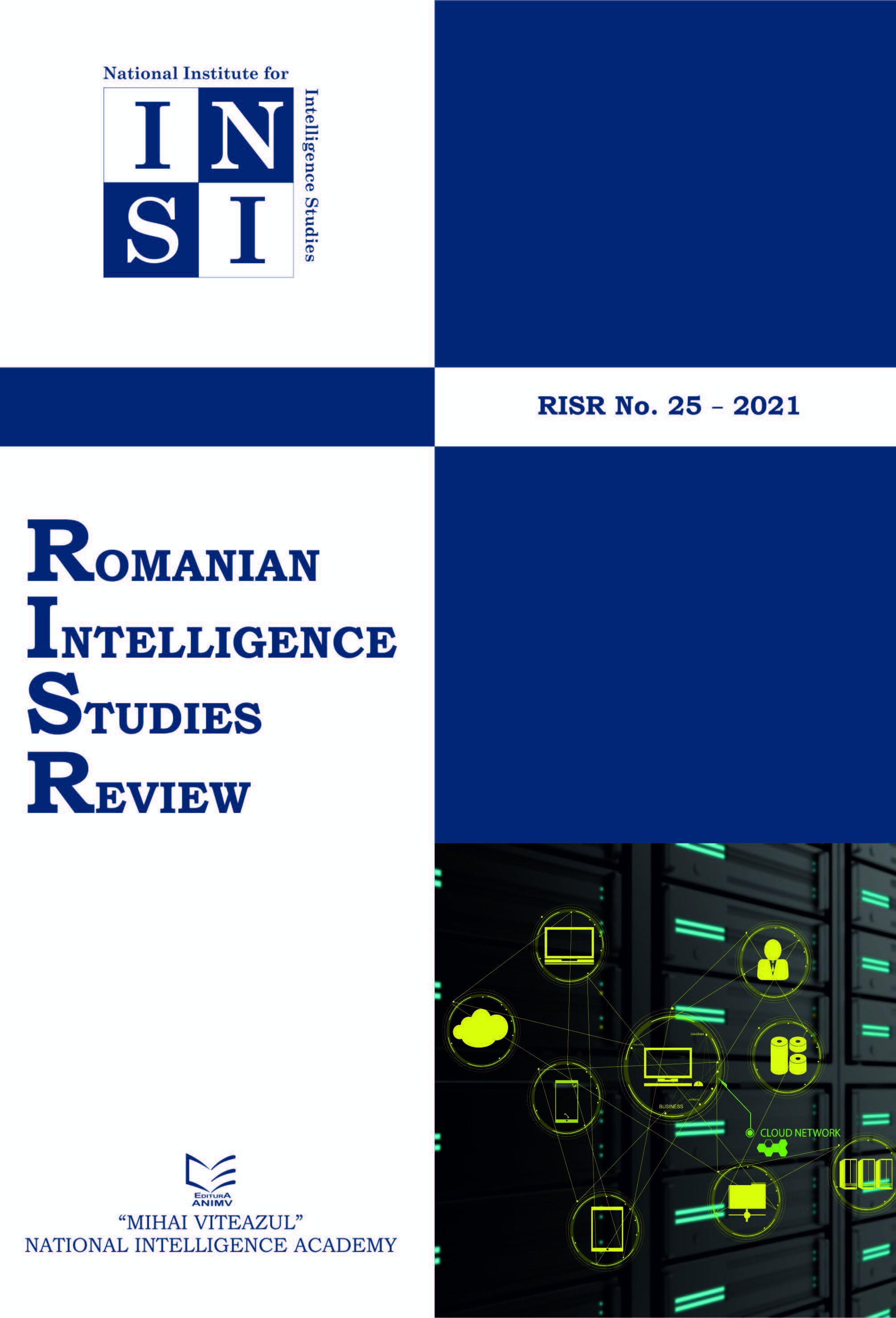We kindly inform you that, as long as the subject affiliation of our 300.000+ articles is in progress, you might get unsufficient or no results on your third level or second level search. In this case, please broaden your search criteria.
The aim of the study is to expand knowledge about the subculture of fans of the British music band Depeche Mode in the period before the Velvet Revolution.The research focuses primarily on the main features of this subculture, on how it was organised, and what activities it carried out. The study is based on interviews with active members of the subculture of the time. The interviews were conducted using the oral history method. In addition to interviews, the research is based on sources and information from specialised literature, archival materials,and periodicals.The study brings new knowledge about how the subculture functioned in the Czechoslovak Socialist Republic. According to media estimates, this subculture had up to 250,000 members at its peak. The subculture created its own organisational structures. The study also finds out how the state power of socialist Czechoslovakia influenced the daily life of the subculture of Depeche Mode fans.
More...
This study investigated the impact of ethnocultural diversity on changes in social cohesion in Västra Götaland County, Sweden, where the number of immigrants increased rapidly between 2014 and 2018. To investigate diversity, the authors used adiversity index weighted by cultural parameters in addition to the proportion of immigrants and the classical fragmentation index, while social cohesion was analysed using generalised and localised trust, respectively, with questionnaire surveys. The multilevel modelling used in the research has shown the role of individual variables and the impact of the diversity of the municipalities and city districts studied. The generalised trust was not affected by diversity in the multilevel models and correlation results, regardless of the measurement method (minority proportion, unweighted and weighted fragmentation index), but the individual variables provided a good indication of the level of trust of the individual. However,localised trust is already negatively affected by ethnic diversity, as residents in ethnically mixed municipalities or districts have lower localised trust, which confirms the constrict theory, that living in ethnically mixed areas leads to lower trust in general. There is no difference in model fit between the use of diversity indices and immigrant shares.
More...

The tradition and practice of both strictly cartographic mapping of reality and techniques of reflecting topography developed on the basis of the humanities and social sciences put the map at the centre of the discourse. In these considerations, the map has been treated as a capacious interpretive optics, ranging from the objective projection of the spatial situation onto a surface according to specific rules, to a critical humanistic narrative, even to assuming non-indifference within reception and documentation of reality. Map as an optics oscillates between the objec- tifying cartometric diagnosis and the personalizing, intentional finding. In both scenarios, the goal is to arrive at the truth (or just probability), to see changes in the gradient of features, and to note differences and similarities. In both cases, it is important to express the regularity and idiomaticity of the world. The reflection on purely cartographic mapping (mainly focused on classification) and humanistic mapping (which takes into account conceptualization and prob- lematisation) was outlined as an attempt to answer three questions: what for? how? who / for whom? One conclusion is that a map is an epistemological medium and ontological evidence.
More...
The aim of the article is to analyze the sociocultural aspects of the map and the pragmatics of creating, putting into circulation, using and modifying it in society. The spectrum of such activities includes both professional and vernacular actions, as well as creative and receiving competences. A map is defined as a cultural fact that is subject to historically and geographically changing conditions on many levels. The article indicates the democratization process of the map and its functions: propagandist, persuasive, recovery, compensatory, emotional and autobiographical.
More...
The aim of the article is to present the heuristic value of application of Google Earth Pro computer program in historical-anthropological research on the landscape dynamics. The author proposes a method known as a ‘cartographic experiment’, which generates two-layer images called ‘anachronistic images’. The first layer is a satellite photo and the second is a historical map of the same place. This method accurately locates objects from the past in contemporary satellite imagery. The examples shown by the author come from research on the dynamics of the rural post-German landscape in central Poland.
More...
The article discusses practices of creating sound maps. I refer to these practices as cartographic and social. The starting point are internet sound maps for listening. In the article, I define them as audiovisual, digital representations that are created collaboratively based on the user-gen- erated content mechanism and have internet interfaces based on global maps such as Google Maps or OpenStreetMap. The main aim of the article is to look at soundmapping practices in the context of shaping audiogeographic imagination and transphonic and locative listening. The main perspective of my considerations is the anthropologized perspective of critical, unrepre- sentative cartography. I show the development of sound maps that interest me, define their specificity and indicate conceptual problems related to the representation of the experience of a soundscape in the medium of a sound map.
More...
One of the ways in which various manifestations of traditional culture on vast territories can be studied and presented is showing them on maps and, subsequently, interpreting the pre- sented scopes. The elaboration of an ethnographic map has certain requirements already at the stage of creating the questionnaire and field studies. The set of such requirements (including the taxonomy and chronology of the mapped elements of culture) is called a cartographic tech- nique. The familiarization with this technique enables one to estimate the usefulness of maps for further research and for processing their contents. It can also help researchers who under- take the effort of preparing new maps. The ethnogeographic method makes it possible to draw conclusions concerning the origin of cultural features/elements on the basis of the configura- tion of their scopes. The interpretation of maps lead ethnologists both to the explanation how traditional culture originated and to the fact of Poland’s belonging to West-European cultural province and of its borderlands with North-Eastern and Carpathian provinces. In the territo- ries of Poland, traditional culture has been reflected in several atlases – Atlas der deutschen Volkskunde, Atlas der Pommerschen Volkskunde, Atlas języka i kultury ludowej Wielkopolski, Polski atlas etnograficzny.
More...
As early as the first half of the 19th century, attempts were made to describe the inhabitants of the Carpathians (Carpathian Highlander Region – Góralszczyzna), taking into account the existing divisions into groups (“clans”) or ethnographic regions. In accordance with the mod- ernist (Enlightenment-positivist) paradigm of scientific cognition, these groups / regions were presented in a “substantial” manner, following the principles of the objective and methodolog- ical naturalism. The first researcher who divided the population living in the northern slopes of the Carpathians – analogically to how these mountains are divided – into three “ethnographic groups” and in then into “clans” was Wincenty Pol. He did not present this quite detailed eth- nographic delimitation in a graphic form due to the lack of a map suitable for this purpose. A detailed map, presenting the divisions and ranges of the Polish Highlander Region and its ethnographic groups proposed by Pol and several other researchers, was made only almost 120 years later by Józef Babicz. The differences between the boundaries of the Highlander region and the ranges of the groups / regions it contains indicate that the substantial approach to these issues is inadequate to the depicted social and cultural reality. Certain views of Pol may inspire the creation of an alternative concept of ethnographic diversity in general, and of the Polish Highlander Region in particular.
More...
The paper concerns the topic of maps, functioning of maps and concepts of maps in the war- time conditions on the example of polish sources on Second World War. My point of departure is Miron Białoszewski’s account, as contained in his short story Rajza, of his family’s escape towards the Eastern border in September 1939. The story introduces many motifs, which are present in Białoszewski’s other texts concerning the war, and which are interpreted in the con- text of other sources (mostly literary sources). Maps used during the war had a propagandis- tic character; they confused their readers, allies and enemies alike. A wartime period results in a constant need for maps, but also in a shortfall of cartographic representations. At the same time, an ever-changing reality exposes their worthlessness and, in the most extreme cases, reduces them to secondary raw material. War is an extraordinary state, in which the process of deconstruction of cartography is accelerated. In this way, the criteria of critical currents in the theory and history of cartography are fulfilled. However, this deconstruction brings about the appreciation of its pragmatic aspect: it is the reader who, in specific circumstances, can expose the rational mind behind cartography.
More...
Warsaw lacks a single general transit map with an easily recognizable graphic form. The article, presenting a cultural and historical approach to the issue, points out contemporary substitutes for such a scheme and analyzes two twentieth-century cases of the public use of city plans as maps of public transport networks. Since these are practices of boasting of successes in mod- ernizing the capital city while its shortcomings are concealed, the analysis provides a pretext for reflecting on the city’s spatial and infrastructural development. The argument runs in the context of the legacy of modernism, the Athens Charter and critique of motor transport in cities.
More...
„Topo” is the objective map of climbing routes, providing the initial knowledge of the given route. However, maps are far from being merely objective representations of natural objects; in fact, they represent complex and embodied social practices. Climbing, then, is a certain bodily state, an epistemological disposition, and the knowledge of the right moves. Thus, the question posed in the article is how precisely this knowledge and experience emerge; how the first knowledge of the route is transformed into subjective experiences and embodied knowledge.
More...
The article is aimed at showing, in the broadest possible temporal and spatial aspect, cultural diversification in the ways of harming people and/or animals by a mythological creature, which in Poland is most often called zmora. What will be useful for this purpose are ethnographic materials from the second half of the 19th and the first three decades of the 20th century (basic journals and books). For comparison, they will be juxtaposed with the unpublished results of the studies on folk demonology, including the discussed mythological creature which harms people and/or animals, conducted for the Polish Ethnographic Atlas (PEA). The demonologi- cal beliefs which are in our research focus and which are drawn from the vast material of the PEA will be presented in such a form for the first time. Mapping the old ethnographic materi- als along with the later atlas data makes it possible not only to indicate the range in which the belief that a zmora torments people rather than domestic animals occurred in Poland, but also to show the transformations of its borders in time and space. Mapping also makes it possible to compare modern and ancient areas of mythological motives.
More...
The article describes the idea for an educational game Polskie dziedzictwo na mapie Podola (Polish Heritage on the Map of Podolia) aimed at learning Polish as foreign language using a his- torical map. The article presents a map (as a game board) that was drawn up by a 17th-century cartographer Guillaume Le Vasseur de Beauplan. The map of Podolia provides a starting point for preparing scenarios of educational classes that would present historic figures, places, events and architectural monuments connected with Poland. The game is supposed to enhance the interest in learning Polish and teach respect for the common historical and cultural heritage, as well as encourage young people to study the past and discover their ‘personal homeland’. The author of the article suggests to use the board game as part of teaching the Polish language,which would certainly make linguistic education more attractive.
More...
The text discusses a book, edited by Anna Niedźwiedź and Kaja Kaider, on the interpenetrating spheres of cultural heritage and the sacred of Krakow. The authors of the book focus on the material urban heritage, which still seems to be an underrated resource of the past. In the pre- sented anthropological understanding of it, material objects not only reveal a whole range of meanings that help shape the city’s genius loci and the identities of its inhabitants and visitors associated with it, but also constitute a cognitive value in a strictly historical dimension. Under an anthropological scrutiny, stately buildings and small souvenirs gain an importance equal to that of written historical sources, while the titular heritage and the sacred show their unbreak- able unity. It is also noteworthy that the book is a printed equivalent of an exhibition on the same subject that took place in the Krakow ethnographic museum.
More...
This text presents the assumptions and effects of the ethnographic research project Map of the Rites of Upper Silesia, carried out by the Regional Institute of Culture in Katowice (currently the Institute of Polish Thought). The article contains information about a virtual map with over 370 entries illustrating the rituals and customs practised in the historical Upper Silesia region. The text also mentions the characteristics, specificity and relevance of the research undertaken and its results. The text ends with a description of several unique cultural practices recorded in the research (so far known mainly in local communities) and an example of the transformation of the course of Corpus Christi celebrations in the times of the pandemic.
More...
The article is an attempt to introduce the phenomenon of craftsmanship and handicraft in the context of patrimonialization processes, focusing on the titular tension between materiality and immateriality in the process of creation. Previously included in the category of material culture, today – regardless of whether they are considered generally or as a specific cultural tradition of a given community – they are considered in the international discourse as one of the most expressive and popular domains of intangible cultural heritage. The starting point for consider- ations is, among others, the heterodox theory of heritage and the interdisciplinary critical herit- age studies developed on its basis, assuming that heritage as a process is a discursive practice focused on the past, however implemented in the present and largely with a view to the future by – importantly – various groups of depositaries and users, not just by experts. The analy- sis of craftsmanship and handicrafts from the praxeological perspective (know-how to do in action) fits into the understanding of heritage more in terms of a verb rather than a noun. Thus, in this case, the processes of patrimonization are based not so much on declarative attitudes focused only on values, but on active experience and practical skills that give the opportunity to discover the culture-creating pro-development potential in the craft and handicraft heritage.
More...
Configuring a certain form of life and a (different) image of the body-taken, the reason for the birth of a fairytale hero from a wood (xylogenesis), anchors the subject under discussion in an area of the mythical. The interpretive auspices given to wood/tree by archaic cultures, have positioned it almost invariably in the orderly symbolism of the center (to the World). From the well -known cosmic tree of Old Testament mythology (the, “tree of life") to the famous Yggdrasil of Scandinavian mythology, not to mention the tree of enlightenment Bodhi Gaya, the symbolism of the center-tree of the World (cosmic tree) is broadly the same. In the imaginary-memory cultural relationship aiming at researching the symbolism given to the tree/wood over time, the Romanian cultural space was no exception. We have archaeological references that convey the symbol of the sacred tree (fir tree) present on Dacian pottery; we have studies dedicated to the evolution of the symbolism of the cosmic tree on the traditional costume or to the “taking care" of a funerary tree, to the presence of the tree of life in the portals of some Saxon churches, to the motif of the tree of life in Romanian folk architecture etc. The documentation for this study revealed me, by consulting the anthologies of Romanian fairy tales, some interesting aspects taken for this reason at the level of the fantastic epic, None working mechanically, all reflecting the process of the archaic system of symbolic thinking: without immutable patterns, without refractory visions, but always with a symbolic nucleus in the deep layer of the epic. Considering the structural particularities, the coherence and the specificity of the motif approached in the present study, it must be said that at the level of the Romanian fantastic fairy tale we detected, besides the delimits and at the same time ,,revolves"" around xylogenesis with ontogenetically-different nuances: • wearing wooden clothes or living in a tree to avoid incest, with the opening of the tree only through a magical invocation • heroes and/or animals with “name of a tree" but without having to deal with a proper xylogenesis; • the passing away of fairytale characters as a result of some existential-human tragedies, in symbolic forms (metamorphosis in trees);• varies.
More...
The buzz of “Big Data” permeates society. This ‘new’ data, characterised by its volume, variety, velocity, and veracity changes the ways we live, as an increasing number of actors from a variety of sectors in public/private spheres and civilian/military contexts seek ways to operationalise data for value. This paper seeks to offer an additional viewpoint from which we can explain some of the challenges and limitations on the road to data-driven intelligence and its integration in security and intelligence organisations. The scope of this paper is refined to analysing such challenges in the context of border security, although similar challenges might and do appear in other applications and fields. An auto ethnographic approach is adopted as a way to illustrate and remind that the data we collect, process, and store is data about people, and further, how we choose to use (or not use) this data has implications for people. The bottom line of this work is that as we pave and forge towards data driven intelligence, we must acknowledge and remember that the road both starts and ends with human intelligence.
More...